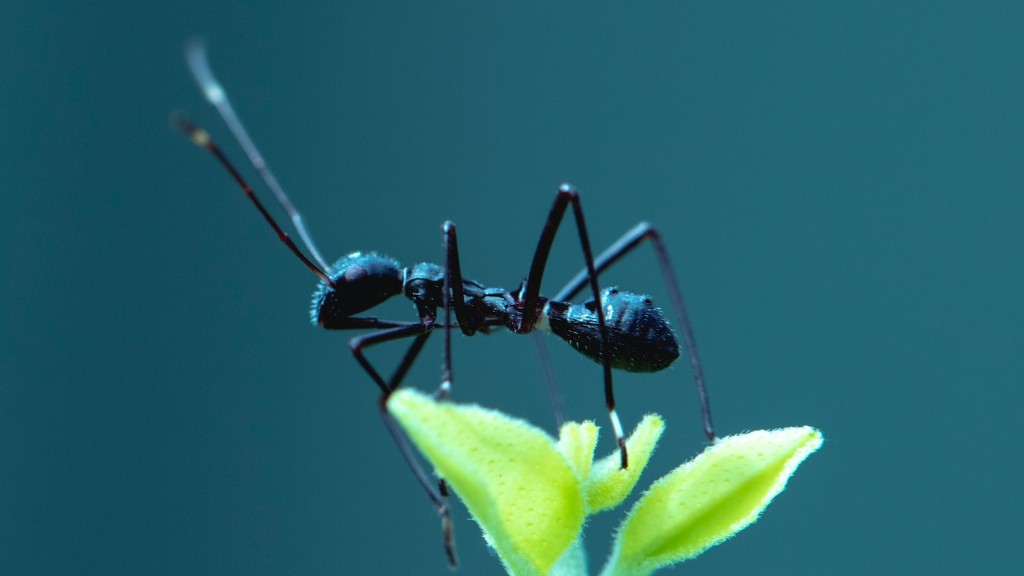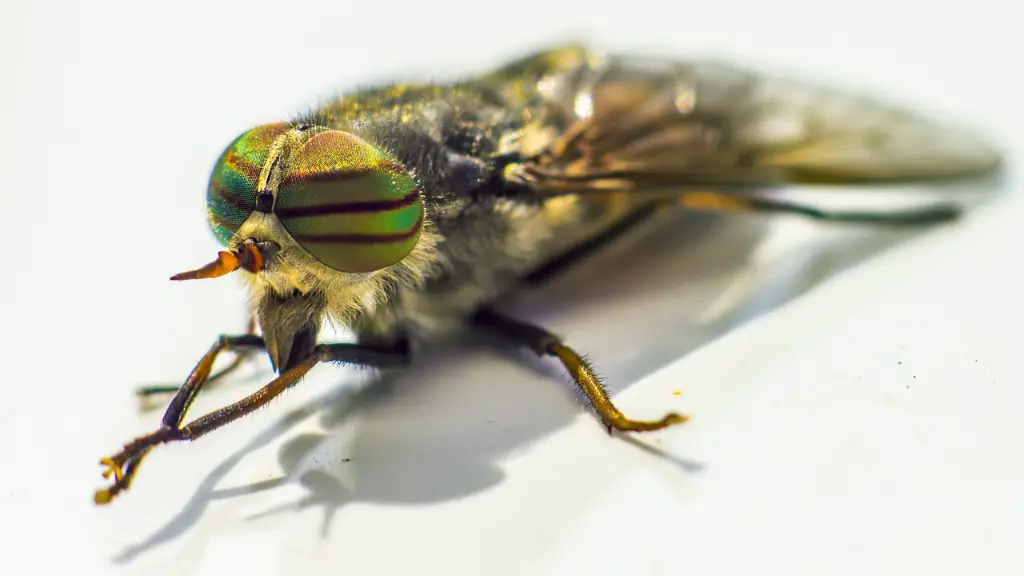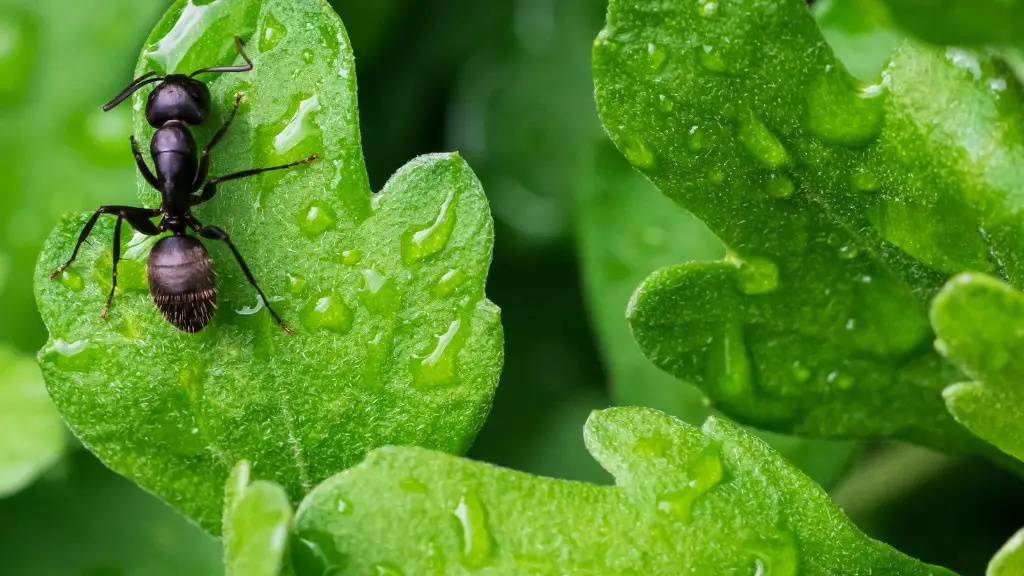Background Information
Carpenter ants are among the most common species of ants found in the world. They are easily identifiable by their black or red bodies, large size and square waists. They can be found in both residential and commercial settings and are usually attracted to sweet foods and damp wood. Carpenter ants do not consume the wood, but instead make tunnels and galleries inside of it. If left unchecked, large colonies of carpenter ants in a home can cause extensive damage to the structure, making them a serious problem.
Identifying Carpenter Ants
Carpenter ants can be identified by their large size, black and red colored bodies, and a single node, or “waist”. They prefer to nest in damp and decaying wood, though they can also make their homes in dry wood. Carpenter ants have wings and can fly during their mating season, generally from April to May. Carpenter ants can be found in attics, around foundations, and in other moist and dark places.
Carpenter Ant Damage
Carpenter ants pose a major threat to wooden structures. They create intricate tunnels and galleries within wood, weakening the structural integrity of the wood and resulting in significant damage. In addition to the structural damage, carpenter ants can also contaminate food items, spread disease, and contaminate household items like books and furniture.
Eliminating Carpenter Ants
Carpenter ants can be eliminated from a home or business by understanding which methods are most effective. The most effective method for eliminating carpenter ants is to target the colony itself. This can be done by locating the colony and pouring either an insecticide or a bait directly into it. The bait should contain an insecticide like borax to target the ant colony, or an attractant like sugar to bring them out into the open.
Sealing Entry Points
Once the carpenter ant colony has been targeted, it is important to make sure the ants are unable to return to the building. This can be done by sealing any entry points or cracks in the exterior of the building or foundation. Caulking and sealing any wood that has been affected by the carpenter ants is also recommended, as well as finding any other areas where the ants may have access to the interior.
Prevention
The best way to prevent carpenter ants from infesting a home or business is to eliminate any potential nesting sites. This can be done by keeping the exterior and interior of the building dry and free from standing moisture, as well as trimming trees and shrubs around the building. Additionally, it is important to make sure food and household items are properly sealed or stored in containers to avoid attracting the ants.
Managing Pesticides
Finally, it is important to use only approved pesticides when attempting to eliminate carpenter ants. When using pesticides, it is important to follow all instructions on the label and use the proper techniques and methods to keep the use of the pesticide safe. Additionally, it is important to avoid overusing pesticides, as carpenter ants can become resistant if pesticides are used too often.
Biological Methods
In addition to chemical pesticides, biological methods can be used to control and eliminate carpenter ants. These include using predatory insects such as fire ants or parasitic wasps to target and kill carpenter ants. If these insects are not available in the area, trapping can be an effective method for eliminating carpenter ants. Trapping involves setting up food-baited traps and then collecting and disposing of the ants.
Natural Repellents
Using natural repellents can also help keep carpenter ants away from a home or business. Essential oils, such as peppermint and clove oil, can be used to make natural repellents that can be sprayed around the building to keep carpenter ants away. Other natural repellents including diatomaceous earth and cayenne pepper can also be used.
Regular Inspections
Lastly, it is important to regularly inspect the home or business for signs of carpenter ants. This can be done by doing thorough visual inspections around the building, and also checking wood for signs of tunneling or gallery. If carpenter ants are found, it is important to act quickly to eliminate them and prevent any further damage to the inside of the building.


